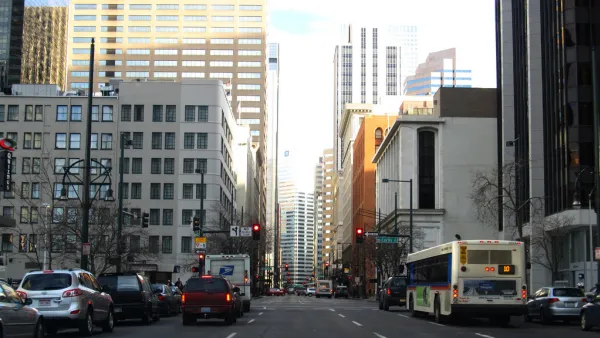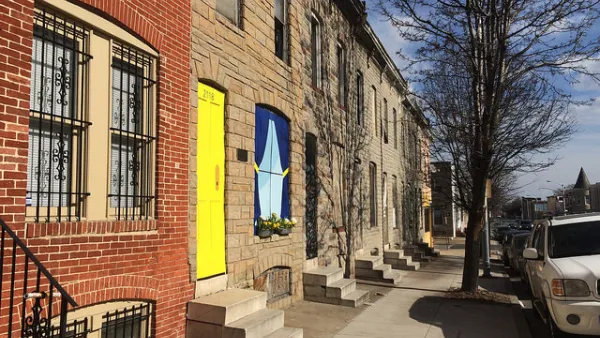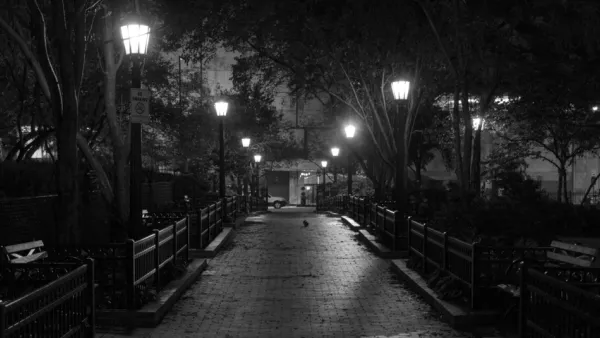The United States has a long and insidious history of erecting structures to control the movements of African Americans in urban and suburban spaces.

Chat Travieso writes about the history of walls and other barriers—fences, barricades, buffer strips—that have been used to segregate communities in cities across the country. "Under pretexts of traffic control, crime prevention, and protection of property values, municipalities from Florida to New York to California continue, into the present century, to block streets along Black-white neighborhood borders — and in so doing to further harden racial divisions, facilitate police intimidation, and force Black residents to take circuitous routes to get to work and school and to fulfill other daily needs."
Travieso has been mapping and documenting these representations of racial inequality manifested in the built environment. He recounts the histories of these structures, many of which still exist in some form, and their long-term impacts:
In Melbourne, Florida, a half-mile concrete wall separating the predominantly white Sunwood Park from the majority African-American Booker T. Washington area continues to block a direct path to the elementary school. The developer of Sunwood Park built the wall in 1959 in opposition to the county’s plan to construct a public-housing project. But, as I was told in 2019 by a community member named Pauline Clark, "to this day, no school buses come around here."
Private developers, civic authorities, and white homeowners were all complicit in using these barriers to segregate and disenfranchise African Americans. While their removal is one response, some communities have chosen to acknowledge the barriers as relics of racism and to reclaim the past through plaques, murals, and historic designations, says Travieso.
FULL STORY: A Nation of Walls

National Parks Layoffs Will Cause Communities to Lose Billions
Thousands of essential park workers were laid off this week, just before the busy spring break season.

Retro-silient?: America’s First “Eco-burb,” The Woodlands Turns 50
A master-planned community north of Houston offers lessons on green infrastructure and resilient design, but falls short of its founder’s lofty affordability and walkability goals.

Delivering for America Plan Will Downgrade Mail Service in at Least 49.5 Percent of Zip Codes
Republican and Democrat lawmakers criticize the plan for its disproportionate negative impact on rural communities.

Test News Post 1
This is a summary

Test News Headline 46
Test for the image on the front page.

Balancing Bombs and Butterflies: How the National Guard Protects a Rare Species
The National Guard at Fort Indiantown Gap uses GIS technology and land management strategies to balance military training with conservation efforts, ensuring the survival of the rare eastern regal fritillary butterfly.
Urban Design for Planners 1: Software Tools
This six-course series explores essential urban design concepts using open source software and equips planners with the tools they need to participate fully in the urban design process.
Planning for Universal Design
Learn the tools for implementing Universal Design in planning regulations.
EMC Planning Group, Inc.
Planetizen
Planetizen
Mpact (formerly Rail~Volution)
Great Falls Development Authority, Inc.
HUDs Office of Policy Development and Research
NYU Wagner Graduate School of Public Service





























